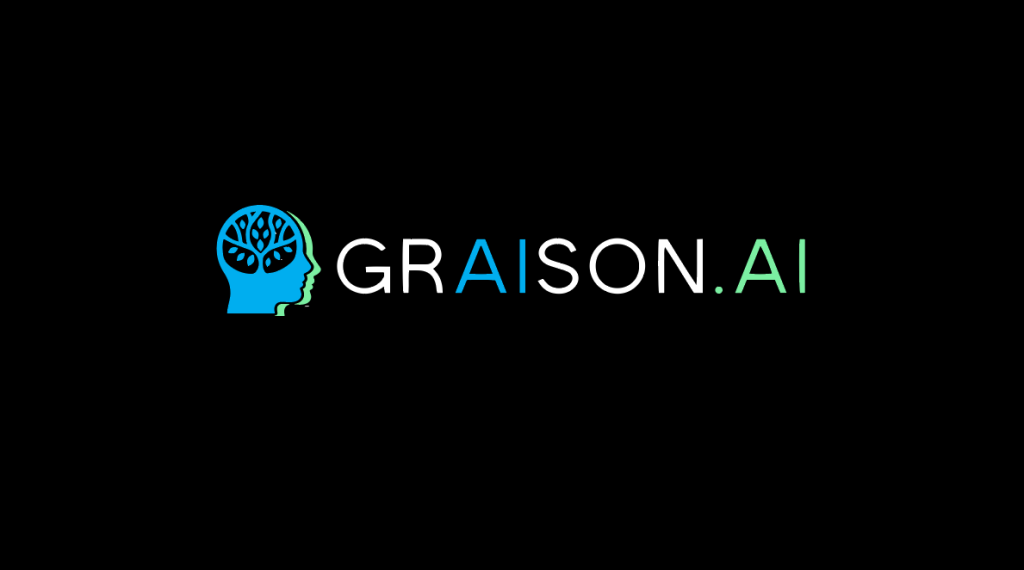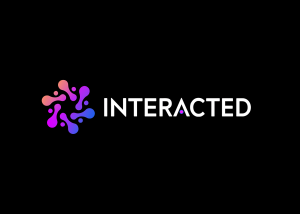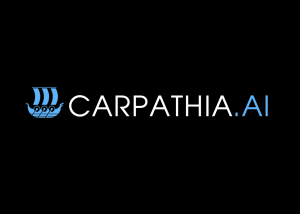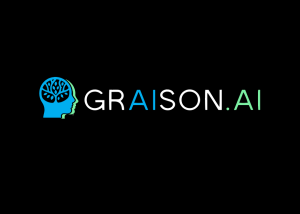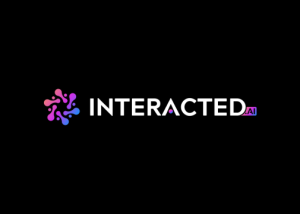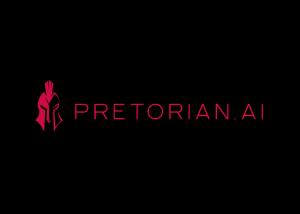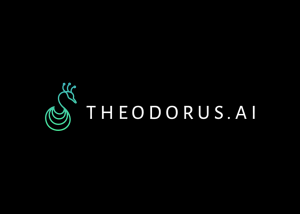GRAISON
Graison.ai is an AI-powered platform that preserves and interacts with family memories by creating digital versions of family members, allowing future generations to engage with these representations in an immersive and personalized way. All memories are stored in a central repository called GRAISON, an acronym for “Generational Repository of Ancestral Identities, Stories, and Oral Narratives.” The platform utilizes advanced technologies such as behavioral analysis, voice replication, natural language processing (NLP), machine learning, computer vision, emotion AI, and VR integration to create lifelike, interactive family legacies.
GRAI captures each family member’s unique personality, behaviors, and life experiences through a combination of textual, emotional, and behavioral data. Voice synthesis tools replicate speech, tone, and cadence to ensure a lifelike auditory experience. NLP enables the AI to understand specific phrasing, emotional undertones, and context in conversations, while machine learning continuously adapts to evolving behaviors and responses.
To create photorealistic avatars, GRAI employs advanced computer vision and facial recognition technologies, along with photographic and video analysis, to replicate family members’ physical appearance and expressions. Emotion AI analyzes facial expressions and emotional responses to further replicate a family member’s authenticity. GRAI also integrates bio networks and monitors brain activity of living family members, capturing real-time emotional and cognitive data that enhances the digital representations’ realism and responsiveness. The immersive VR experience allows users to explore recreated family environments, interact with digital versions of their loved ones, and revisit cherished memories.
The platform ensures privacy through encrypted cloud storage, blockchain-backed data integrity, and controlled access for family members. GRAI also addresses ethical and emotional considerations by requiring consent for the use of family members’ likenesses and implementing responsible usage guidelines. With future potential for expanding into genealogy research, multi-generational VR experiences, and enhanced monitoring of family members’ emotional and cognitive states, GRAI serves as a transformative tool for family memory preservation.
Core Technologies & Features
1. Advanced Behavioral Analysis & Personality Mapping
- Machine Learning & AI Training: Continuously learns a person’s speech patterns, thought processes, habits, and preferences from text, audio, video, IoT, and biometric data.
- Natural Language Processing (NLP): Enables the AI to hold realistic, dynamic conversations that reflect the person’s actual communication style.
- Emotional Intelligence (Emotion AI): Recognizes and mimics emotional responses, tone, and sentiment to enhance realism.
- Multi-Modal Data Integration: Combines text, audio, video, and physiological inputs to develop a more holistic understanding of personality.
2. Bio-Networks, Bio-Mapping & Neuro-Technologies for Deep Memory Preservation
- Bio-Mapping & Neural Interfaces: Uses neuro-technology to record brainwave patterns, cognitive processes, and emotional responses to enhance digital memory accuracy.
- Brain-Computer Interfaces (BCI): Allows for the direct recording and mapping of thoughts, emotions, and decision-making processes, creating an even more authentic AI representation.
- Wearable Neuro-Sensors: Captures real-time biofeedback (heart rate, stress levels, emotional states) to improve AI response realism and emotional adaptation.
- Bio-Networks: Continuously analyze physical and neurological data to refine AI interactions and emotional accuracy.
- Memory Reconstruction AI: Utilizes predictive modeling to fill in gaps in memory by analyzing available data and extrapolating likely scenarios.
3. Monitoring & Preserving Preferences, Likes, and Dislikes
- AI Preference Learning: Tracks and analyzes personal interests, favorite activities, music, food, books, and habits to ensure AI interactions reflect genuine personal preferences.
- IoT & Digital Footprint Analysis: Integrates with smart home devices, search history, and digital behaviors to build a more complete personality profile.
- Sentiment & Context Analysis: Recognizes how a person responded emotionally to different situations, refining AI interactions accordingly.
- Personalized AI Journaling: Allows users to document thoughts, experiences, and reflections that AI can incorporate into its memory and interaction database.
4. Voice & Speech Replication
- Deep Learning Voice Synthesis: Accurately replicates a person’s voice, tone, and inflection using neural text-to-speech models.
- Real-Time Voice Cloning: Allows the AI to generate responses in the person’s voice dynamically.
- Context-Aware Speech Adaptation: Adjusts tone and delivery based on the emotional context of the conversation.
5. Video-Based Storytelling & Interactive Memories
- AI-Enhanced Video Processing: Analyzes video footage, extracts meaningful moments, and curates personalized interactive storytelling experiences.
- Facial Recognition & Motion Capture: Preserves facial expressions and body language to enhance authenticity.
- Augmented Reality (AR) Integration: Allows users to project digital representations into real-world environments.
6. Chatbot Replicas Trained on Digital Data
- Large Language Model Training: AI chatbots learn from emails, texts, social media, and personal writings to replicate a person’s unique conversational style.
- Memory Expansion & Adaptive Learning: AI evolves with user interactions, refining responses to stay true to the person’s character.
- Contextual Conversation Recall: AI retains and references past interactions to create a seamless long-term conversational experience.
7. AI-Animated Voice & Video Messages
- Deepfake & AI Animation: Transforms photos or videos into realistic AI-powered animations for delivering messages or sharing memories.
- Customizable Final Messages: Allows loved ones to leave personalized farewells, advice, or comforting words.
- AI-Powered Legacy Messages: Future-dated messages can be set to be delivered at milestones such as birthdays, anniversaries, or life events.
8. Immersive VR Memory Experiences
- 3D Environment Reconstruction: Uses LiDAR scanning, photogrammetry, and AI to recreate homes, favorite places, and historical family settings.
- VR-Based Interactive Storytelling: Allows users to walk through past memories and engage with AI-powered versions of their loved ones in a fully immersive setting.
- Haptic Feedback & Spatial Audio: Enhances immersion by replicating physical presence and environmental sounds.
- AI-Powered Memory Replays: Users can re-experience key life events through dynamically generated VR reconstructions.
9. Secure & Private Data Management
- Blockchain Encryption: Ensures memories are securely stored, tamper-proof, and accessible only by authorized family members.
- IoT Integration: Uses smart devices (wearables, home assistants) to capture and update behavioral data while maintaining strict privacy controls.
- AI Ethics & Consent Management: Families have full control over data usage, AI-generated content, and permissions to protect privacy and emotional well-being.
- Decentralized Data Storage: Provides added security by distributing stored memories across encrypted networks.
10. Digital Heaven: AI Legacy Network
- AI Community of Deceased Loved Ones: Creates a virtual space where AI versions of deceased individuals can interact, share knowledge, and engage with each other.
- Cross-AI Interaction: AI models communicate, learn, and evolve together, creating a digital ecosystem of past generations.
- Multi-Generational Conversations: Enables AI representations of ancestors to engage with their descendants, fostering deep family connections.
- Customizable Digital Realms: Users can create personalized digital spaces where their AI legacy can exist and interact with others.
- Ethical AI Governance: Ensures respectful and meaningful interactions while allowing family members to manage AI presence and communication settings.
Ethical Considerations & Future Potential
Graison.ai is built with ethical AI principles, ensuring that consent, emotional well-being, and responsible AI usage remain at the forefront. Families have full autonomy over their data, can set interaction boundaries, and choose how and when AI replicas should be accessed.
Future Innovations
- Genealogy Integration: Links AI memory preservation with historical family tree data for a comprehensive legacy archive.
- Multi-Generational VR Storytelling: Enables interactive storytelling experiences where users can engage with AI-powered ancestors in a shared VR environment.
- AI-Assisted Family Research: Uses AI to analyze and reconstruct fragmented family histories.
- Cross-Platform Accessibility: Ensures compatibility with AR, VR, desktop, and mobile for seamless access.
With ongoing advancements, Graison.ai aims to be the most advanced and secure digital memory preservation tool available, safeguarding the legacies of families for generations to come.
